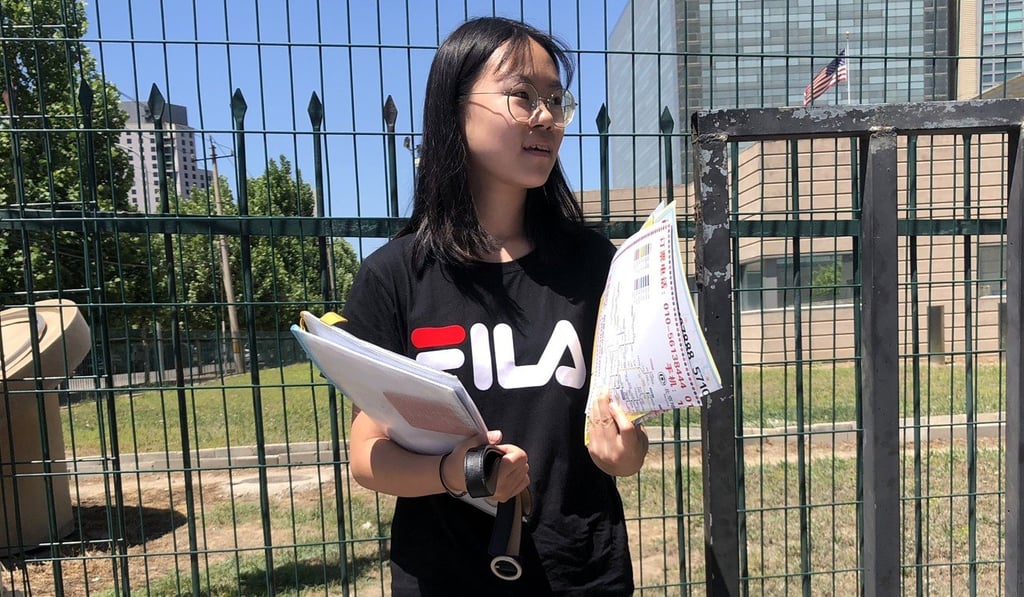Advertisement
As US-China strategic rivalry heats up, don’t forget the successes of engagement
Stephen Orlins says warnings from the Trump administration about China as a strategic competitor ignore the progress that has been made and the benefits trade has brought to the US economy
Reading Time:4 minutes
Why you can trust SCMP
0

When I hear discussion that the United States should limit visas to Chinese STEM (science, technology, engineering and mathematics) students, I think of Ming Hsieh, who came to America to study engineering at the University of Southern California. After graduation, he invented a high-speed biometric fingerprint system that now supplies the Department of Homeland Security, the FBI and other agencies.
If the limits now being discussed had been in place when he came to the US, this winner of the Ellis Island Medal of Honor, after whom the USC School of Engineering is named, would not have been able to study in the US.
Since 1979, when diplomatic relations were formally established, American leaders and policymakers from both parties have pursued a policy of constructive engagement with China that has fostered robust economic and academic ties, advanced peace in Asia, and brought China into the international community.
Today, however, fear and mistrust on both sides of the US-China relationship are causing some to doubt the very concept of constructive engagement.
The current US National Security Strategy argues that China, along with Russia, is a strategic competitor. Despite the fact that it is America, not China, that has withdrawn from the Paris climate deal, Unesco and the Iran deal, the report brands China a revisionist power. Among other ideas, it proposes tariffs on Chinese goods, the restriction of Chinese investment in the US, limits on Chinese students and large increases in military expenditure.

Advertisement